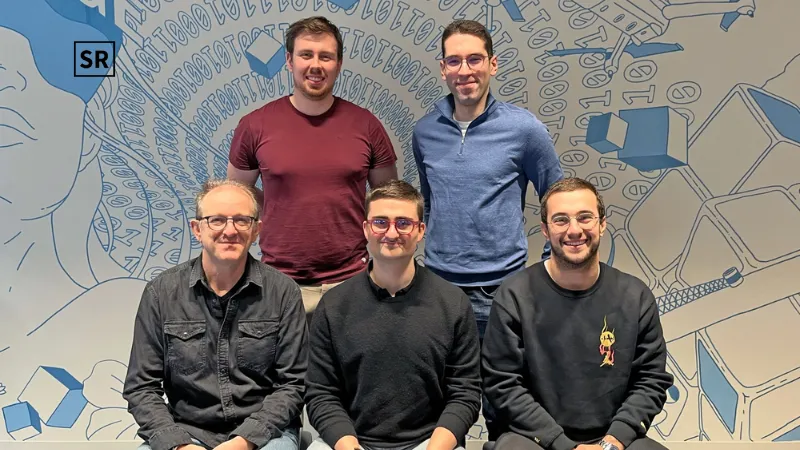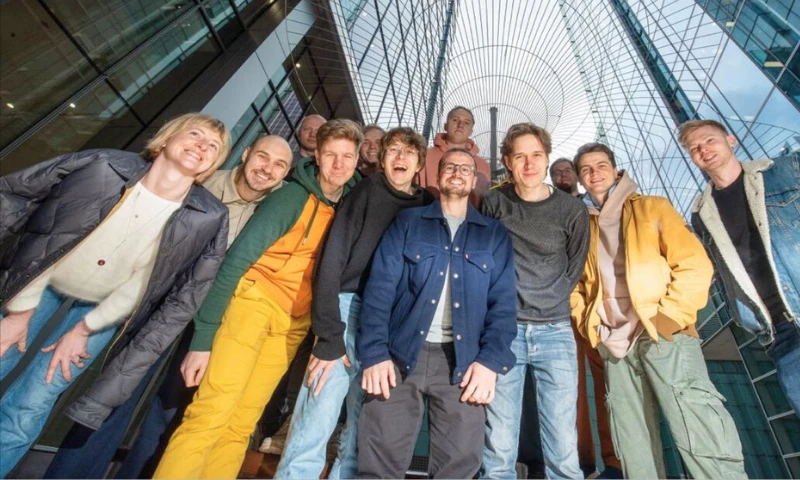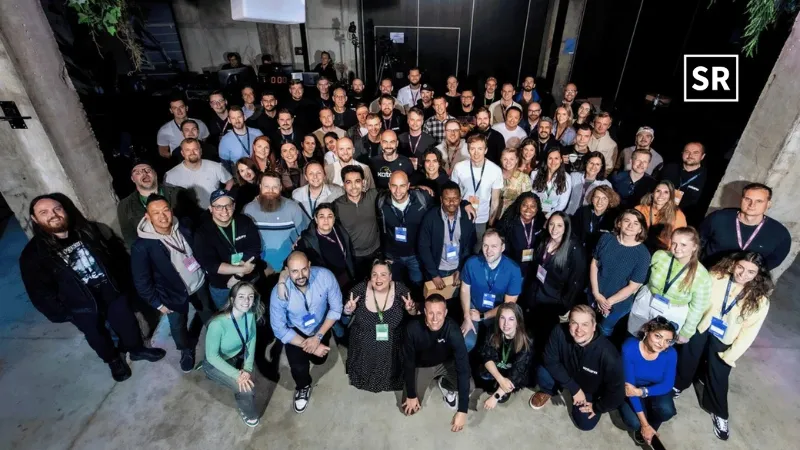
Liverpool-based Enteral Access Technologies (EAT) has secured £500,000 in a bridging round led by British Design Fund, with support from existing investors.
SUMMARY
- Liverpool-based Enteral Access Technologies (EAT) has secured £500,000 in a bridging round led by British Design Fund, with support from existing investors.
Founded in 2018, Enteral Access Technologies (EAT) develops tools to make nasogastric and orogastric tube placement safer and simpler.
Its flagship product, DoubleCHEK, combines CO₂ and pH measurement in a single device, reducing misplacement risk and enabling faster, more accurate tube placement without special equipment or tube types.
By addressing misplacement and radiation-exposure risks associated with traditional insertion and confirmation methods, EAT improves patient safety while streamlining clinical workflows.
RECOMMENDED FOR YOU

Gladys Secures £1.5M To Transform The UK Home Care Sector With AI
Kailee Rainse
Oct 13, 2025
Read Also - myTomorrows Raises €25 Million To Expand Global Patient Access To Treatments
EAT is growing in the UK as hospitals follow new guidance supporting combined CO₂ and pH checks. Globally, the company is expanding quickly: in the U.S., adoption rose after a top children’s hospital started using DoubleCHEK, and interest increased further when a competitor’s product was withdrawn. In Europe, the rollout is underway, with Italy among the first users, and repeat orders show strong demand for safer, more reliable enteral access solutions.
Commenting on the new round, George Gallagher, CEO of EAT, said that the investment demonstrates strong backing for the company’s mission to enhance patient safety globally. He added that growing interest in DoubleCHEK reinforces EAT’s focus on expanding access to safer enteral technologies.
The new funding will enable the company to further develop its enteral access safety device and accelerate its international rollout.
About Enteral Access Technologies
Enteral Access Technologies (E.A.T) develops DoubleCHEK™, a simple, cost-effective device that combines CO₂ and pH checks for safer nasogastric tube placement. By reducing misplacement and unnecessary radiation it enables clinicians to place feeding and decompression tubes quickly and accurately in any setting, without special equipment or tube types.


 Follow us
Follow us Follow us
Follow us














